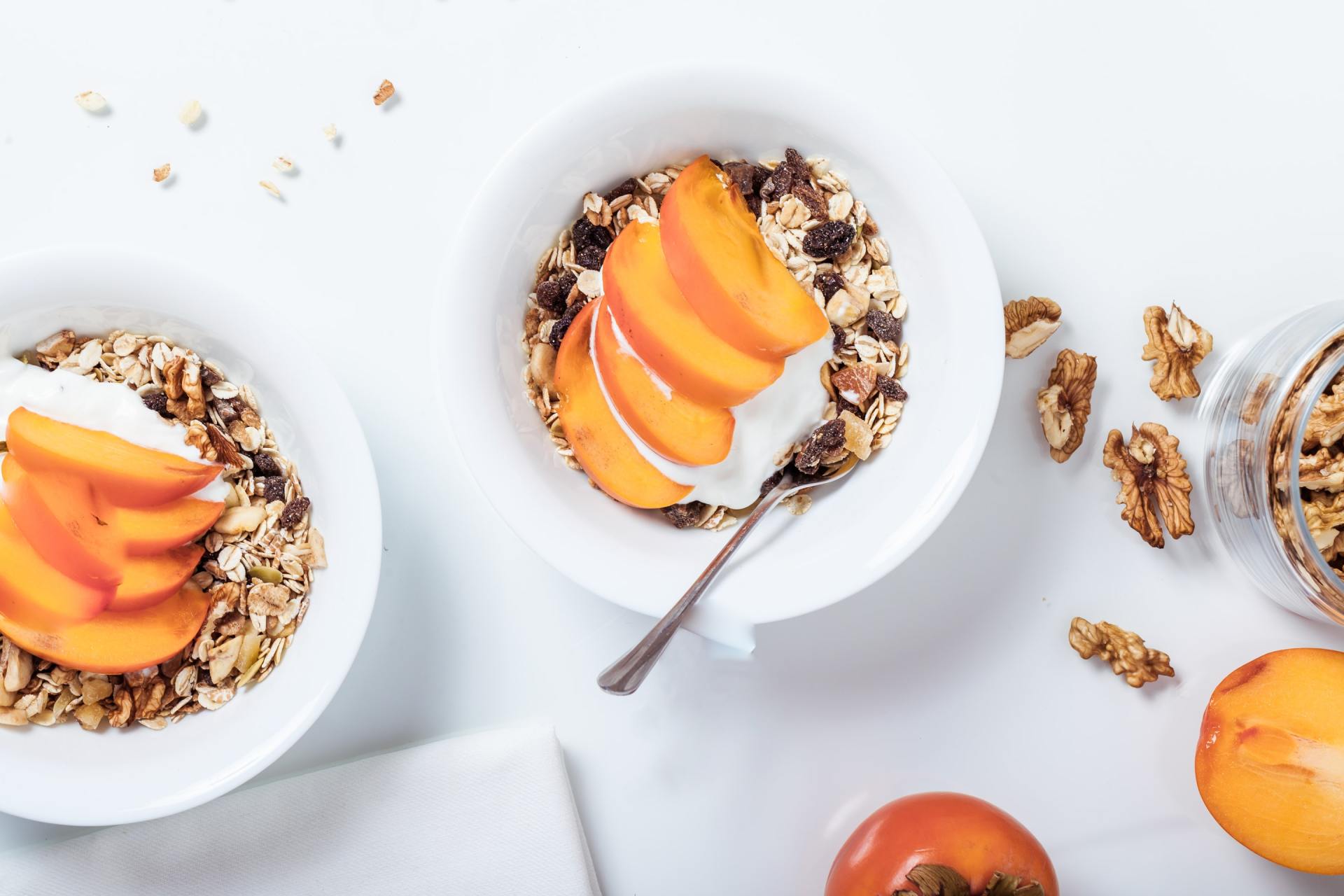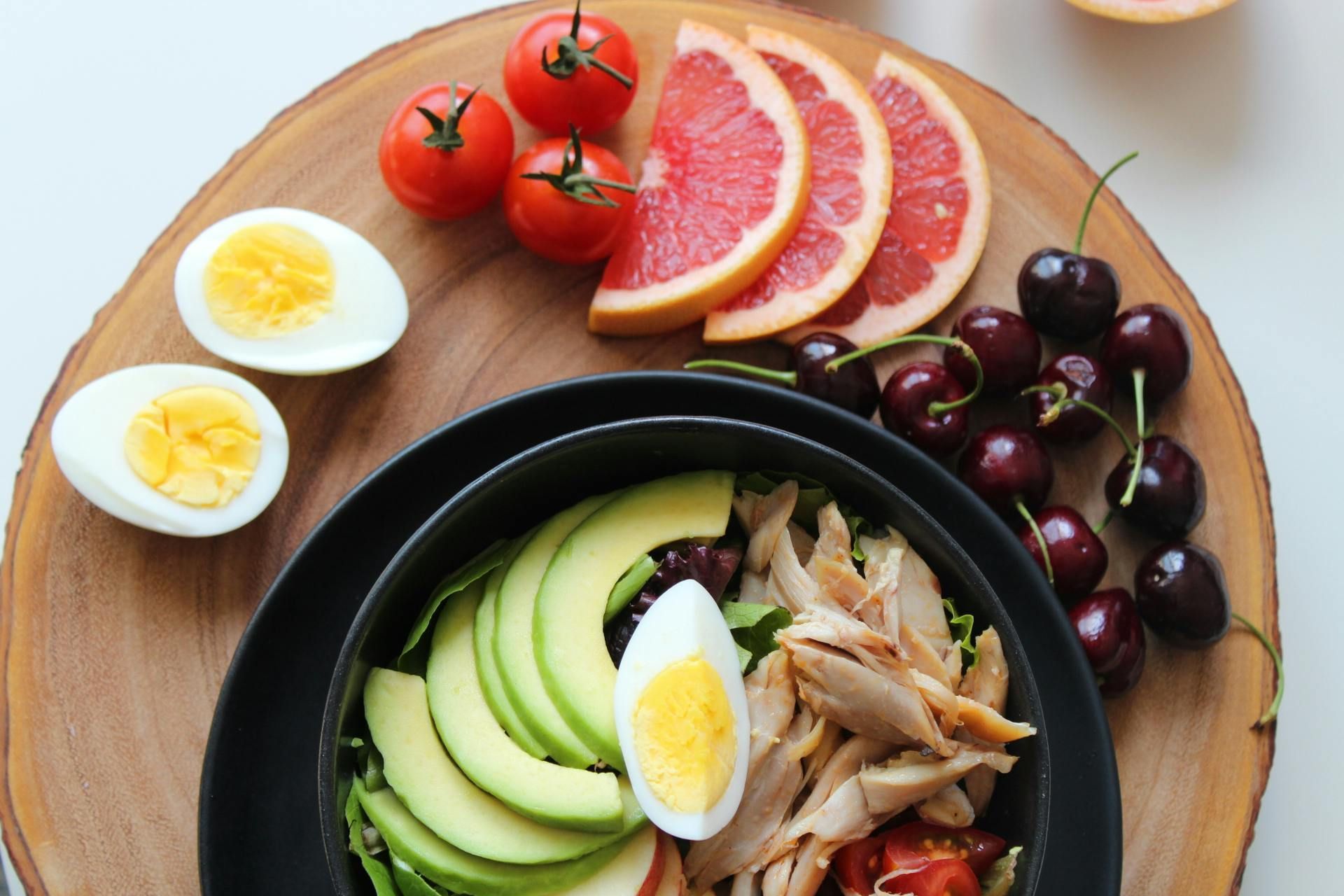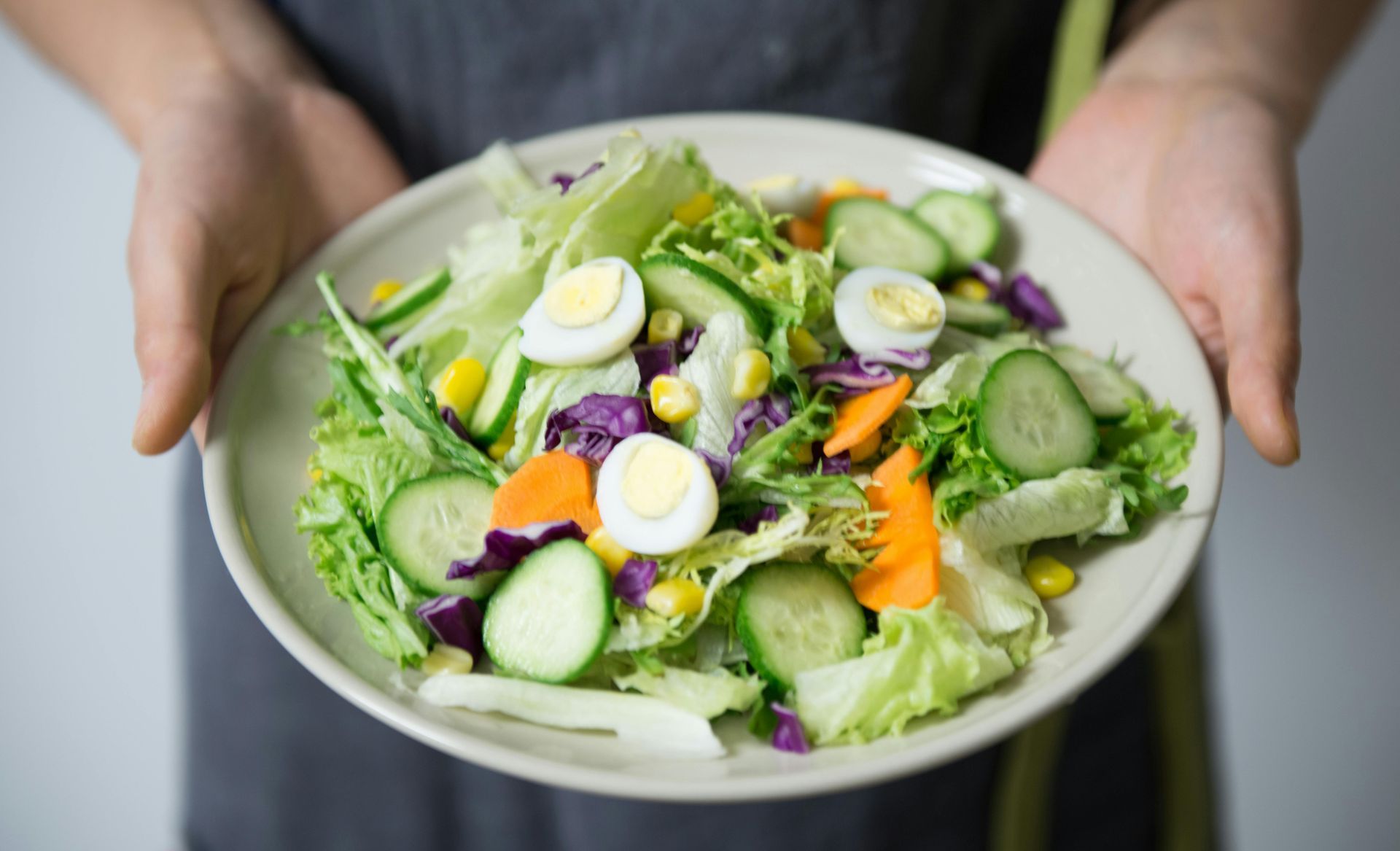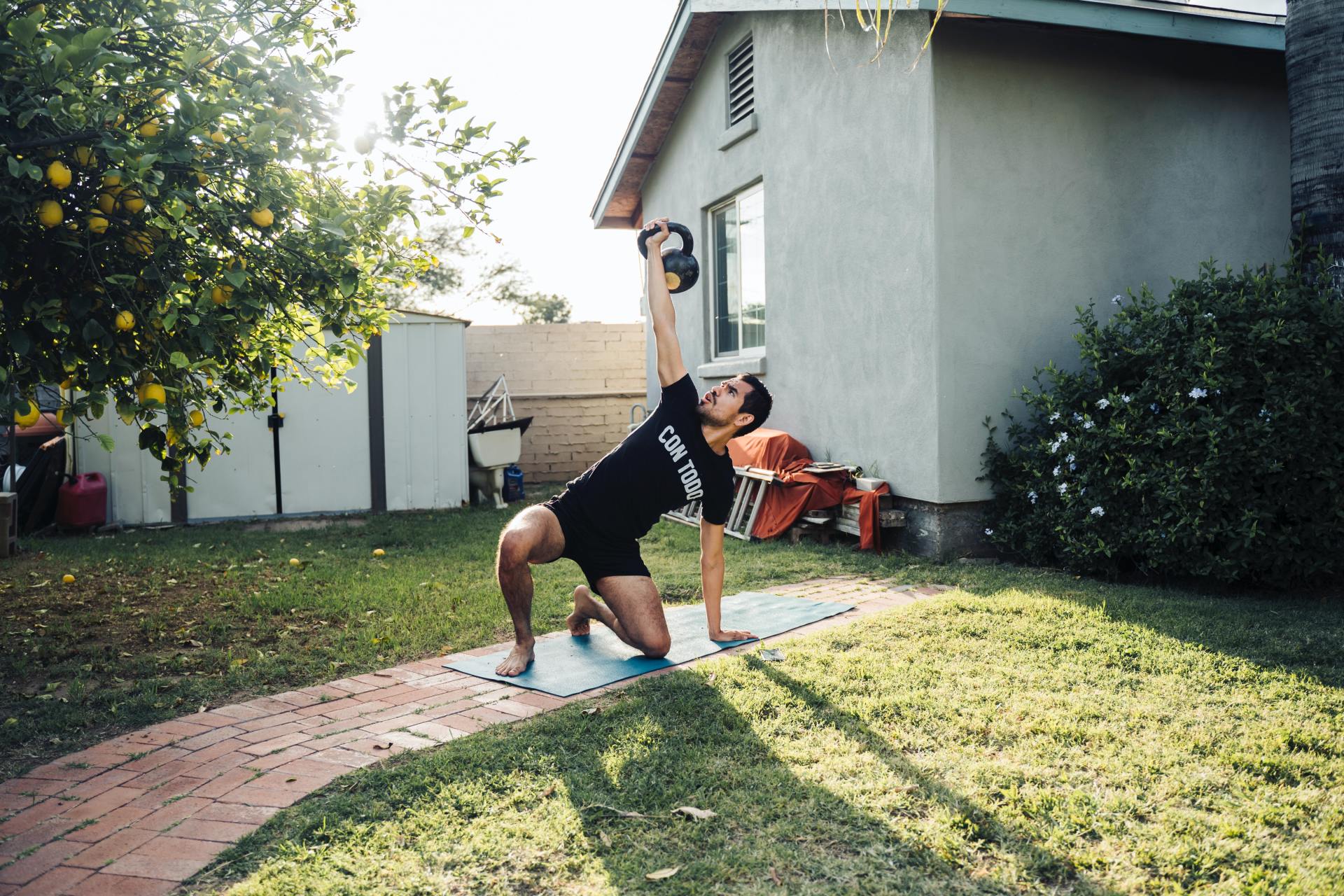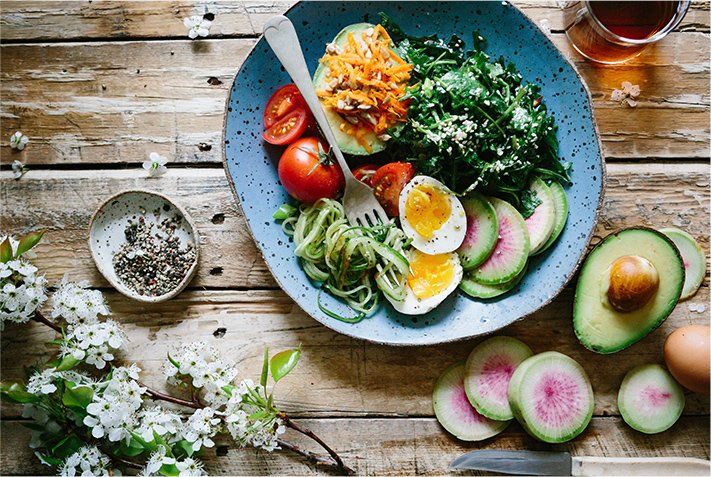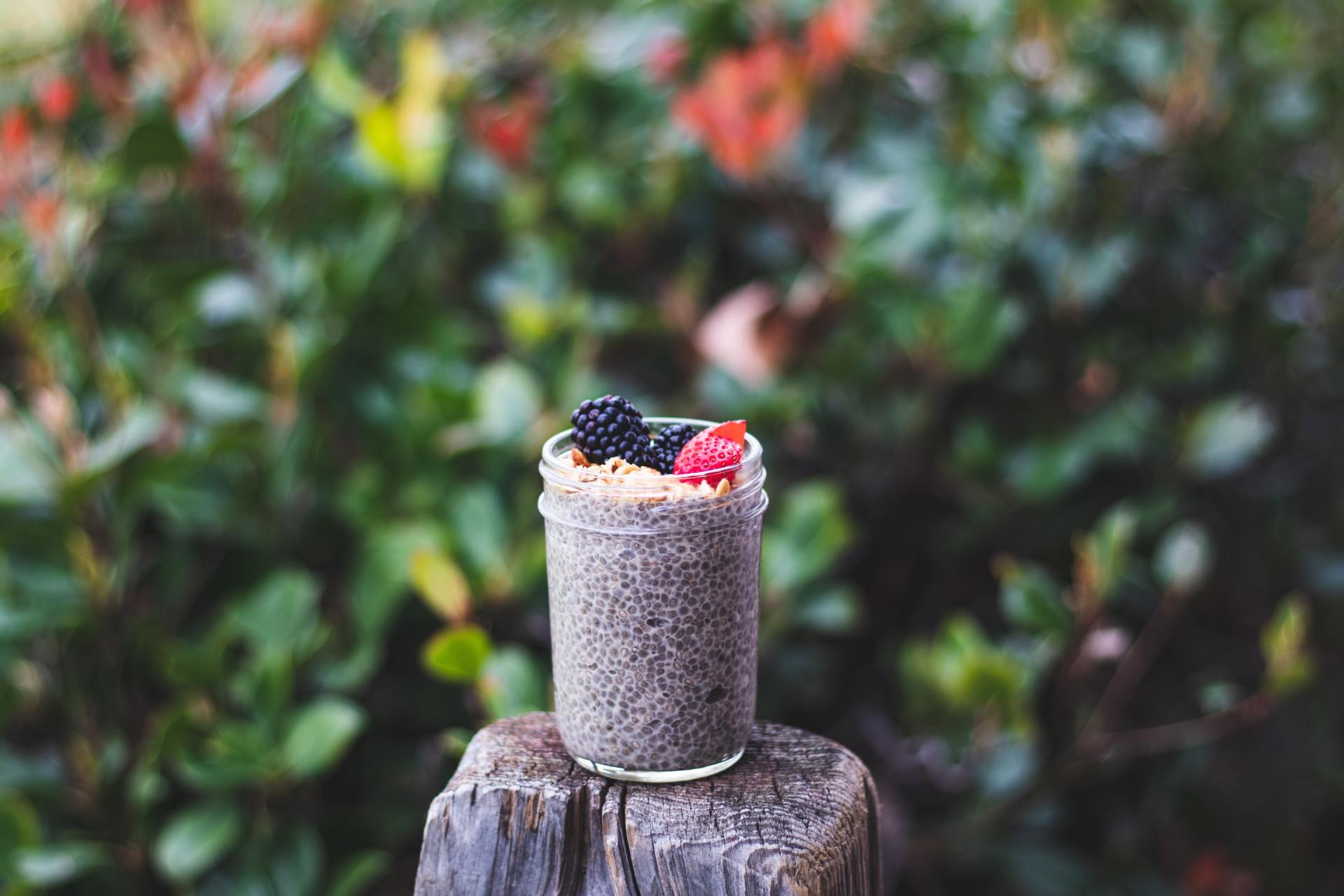Your meal plan
Primož Raspotnik • 7. april 2025
The Key to Health and Success
A healthy lifestyle begins in the kitchen. Meal planning is not only an effective tool for achieving physical and health goals but also a way to save time, money, and energy. In this article, we will explore why meal planning is important, how to create one, and share practical tips for success.
Why plan meals?
1. Saving Time and Money:
When you plan your meals, you only buy the necessary ingredients, which reduces extra costs and waste. Additionally, you avoid frequent trips to the store or ordering food.
2. Improvement of Nutrition:
Planning allows for control over nutrient intake, which is key to achieving your goals, whether it is weight loss, muscle gain, or simply a healthy lifestyle.
3. Avoiding Poor Decisions
When you have a pre-prepared meal, you are less likely to resort to unhealthy snacks or fast food.
4. Regular Diet:
A good plan ensures that you eat regularly and balanced, which positively impacts your energy, mood, and metabolism.
1. Set a goal
Before you start planning, ask yourself what you want to achieve:
- Weight loss
- Muscle mass gain
- Balanced lifestyle
- More energy and better well-being
2. Split meals throughout the day
It is recommended to eat 3 main meals and 1–2 snacks. The ratio of nutrients should depend on your goals, but a general guideline includes:
- 40–50% complex carbohydrates
- 30–40% proteins
- 10–20% healthy fats
3. Choose Quality Ingredients
Focus on:
- Whole foods: Whole grains, fruits, vegetables, lean meats, fish, eggs.
- Healthy fats: Nuts, avocado, olive oil, chia seeds.
- Natural sources of fiber: Beans, lentils, broccoli, apples.
4. Adjust Portion Sizes
Your portions should be adjusted to your activity level, age, and goals. Consume a larger portion of calories early in the day, while dinner should be lighter.
5. Plan Ahead
- Prepare a weekly menu and a shopping list.
- Meal prep in advance and store them in the refrigerator or freezer.
Example of a weekly meal plan
Monday – Friday
- Breakfast: Oatmeal with Greek yogurt, fresh fruit, and walnuts.
- Snack: A handful of almonds and an apple.
- Lunch: Grilled chicken breast, quinoa, steamed broccoli, and carrots.
- Afternoon snack: A boiled egg and a slice of whole grain bread.
- Dinner: Baked salmon, sweet potato, and cabbage salad with lemon dressing.
- Saturday – "loading day": Add one or two meals of your choice, but keep moderation in mind. For example: pizza with added vegetables or a homemade burger with avocado and roasted potatoes.
1. Embrace Diversity
Monotony leads to a loss of motivation, so incorporate different flavors, spices, and combinations.
2. Prepare in advance
Cook larger quantities of meals (e.g., rice, chicken, vegetables) and store them for several days.
3. Use seasonal ingredients:
Seasonal food is cheaper, tastier, and more nutritious.
4. Don't forget about hydration:
Drink enough water throughout the day, as hydration supports metabolism and energy.
5. Adjust Based on Results:
Regularly monitor your progress and adjust the amount of food or nutrient ratio if necessary.
Conclusion
Meal planning is the foundation of a healthy lifestyle and a key tool for achieving your goals. It's not about restrictive diets but about making thoughtful food choices that energize you, enhance your well-being, and support your health. With the right approach, meal planning is simple and effective—make it a part of your daily routine!
Start today and take the first step towards a better version of yourself. Your body will thank you!



